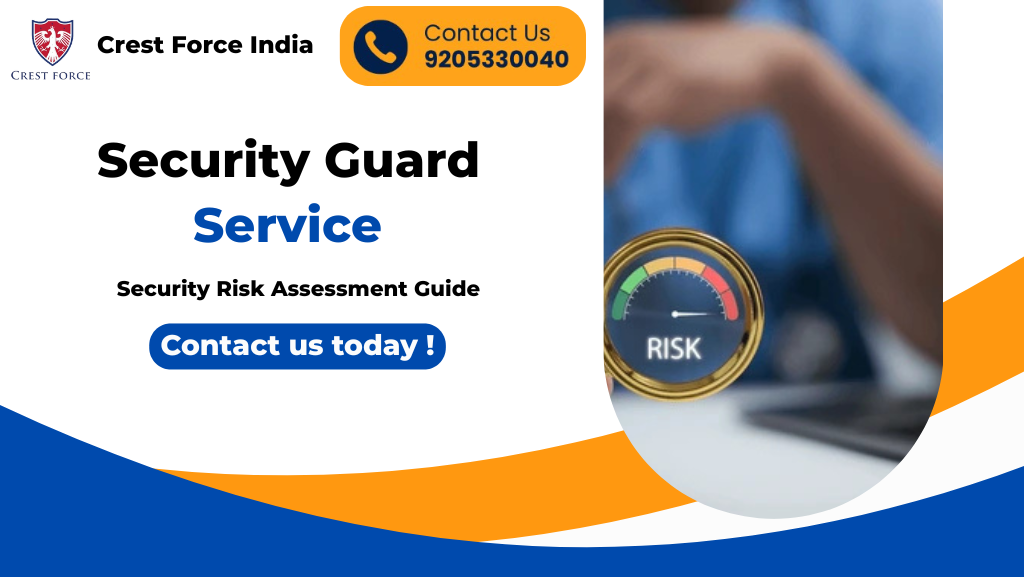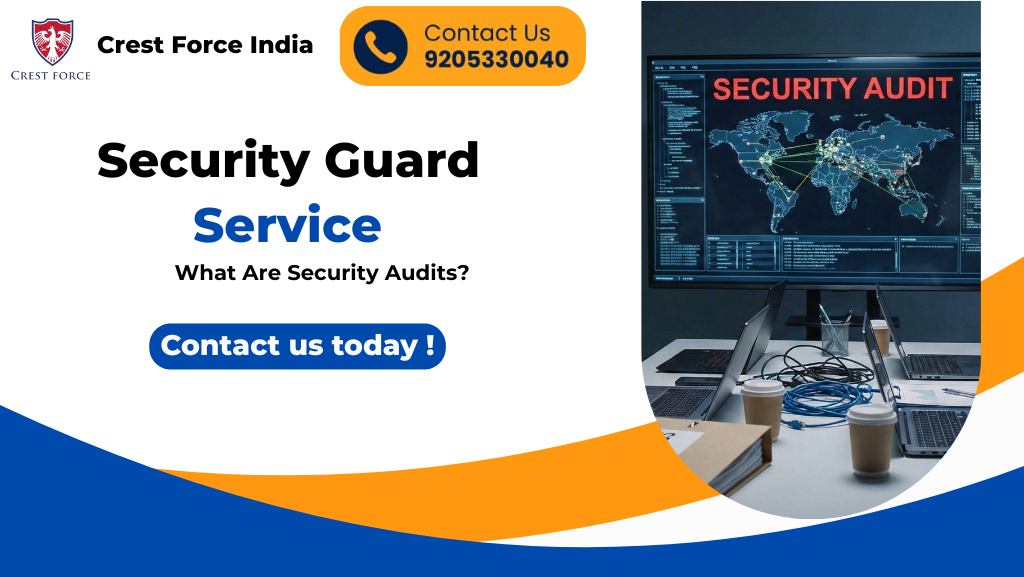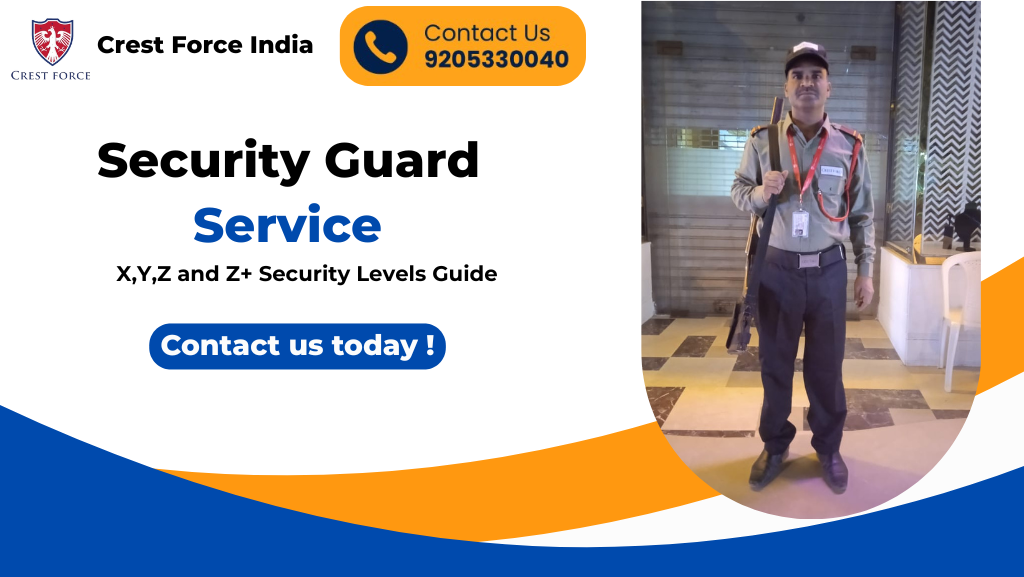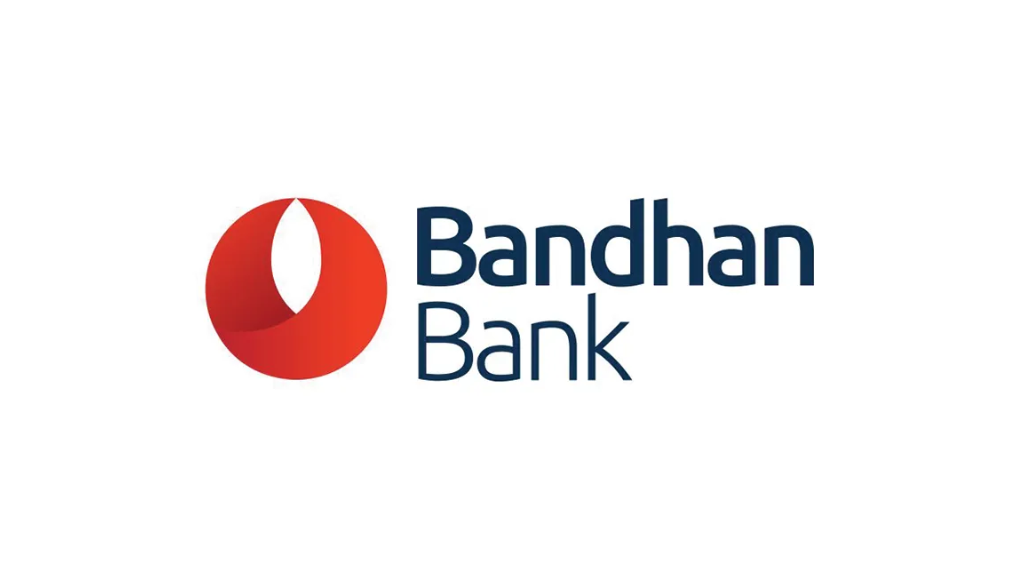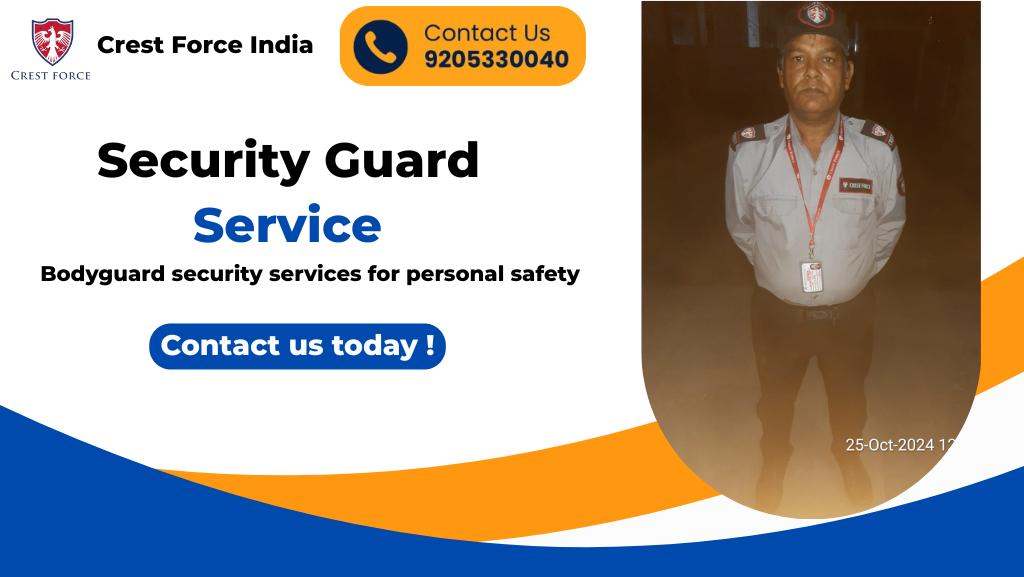A security risk assessment is an official process in which organizations identify, evaluate, and handle potential dangers to their assets, which may be physical, digital, or human. It is the foundation on which business and security are guaranteed. Companies can prevent monetary loss, business disruption, or harm to reputation by identifying likely risks.
With the current business climate, where compliance with industry standards is as relevant, an effective security audit protects reputation as well as assets. Internal security staff, managers, and external professionals from an assessment security service company with specialist expertise are typically responsible for this task.
Step 1 – Define Scope and Objectives
The initial step is to create definitive boundaries for the assessment. Start by delineating significant assets like IT systems, physical facilities, sensitive information, and people. After the assets are known, define the review scope by targeting departments, locations, or systems of greatest concern to your goals.
Additionally, organisations need to set goals for the evaluation. These could include avoiding possible dangers, adhering to industry rules, or building confidence with stakeholders and clients. Lacking the appropriate objectives, even the most inclusive security risk analysis can become rudderless.
Step 2 – Identify Threats and Vulnerabilities
Each company has a combination of threats, from cybercrime and phishing attacks to natural disasters and insider mistakes. The second action is to plot these threats against existing processes and systems to reveal weaknesses.
Assessment teams tend to depend on staff interviews, system audits, and security tools to achieve information gathering. Weaknesses can consist of out-of-date software, access controls, or poor staffing training. Detecting vulnerabilities helps ensure that the mitigation method addresses the correct issues, and thus, the security risk management process is more efficient overall.
Step 3 – Analyse Risks
After vulnerabilities are identified, the next step is to assess the risks by comparing the likelihood of occurrence against the potential impact. As an example, a phishing attack is likely to be more probable than a natural disaster, but does less harm.
Developing a risk matrix aids in classifying risks as high, medium, or low. Through this organised method, resources are strategically allocated. A security service company usually helps at this step to offer unbiased input and avoid overlooking things.
Step 4 – Prioritize Risks
Not all risks demand equal attention. Companies need to first focus on high-impact risks that may lead to business downtime or large financial losses.
Prioritization entails the allocation of funds, labor, and equipment where they can yield the most benefit. Cost-benefit analysis typically assists in making a judgment about whether mitigation measures are proportionate to the potential threat. This process forms the core of constructing a balanced and pragmatic security risk management approach.
Also Read – Why Security Services are Important for Data Centres
Step 5 – Implement Mitigation Strategies
Setting up the appropriate mitigation strategies comes after risk prioritization. These may involve updating standard operating procedures, setting up firewalls, or installing surveillance systems. For physical locations, hiring the services of a reliable security guard service offers another level of guarantee of safety.
Employee education is also important. Awareness programs make employees aware of suspicious activity or phishing emails, minimising human error vulnerabilities. Successful mitigation is a combination of both technical and human factors.
Step 6 – Monitor and Review
One-time testing is not a guarantee of long-term security. Companies need to continuously monitor discovered risks to be ahead of changing threats. Periodic audits and performance reviews enable organizations to check if controls are still effective.
Feedback loops enable teams to adjust strategy according to actual outcomes in the real world. For example, implementing a 24-hour security service may be imperative if risks exceed regular operating hours. Monitoring ensures risk mitigation is continually dynamic and adaptive.
Step 7 – Document and Report
Accountability and a plan for future assessment are provided by documentation. From identification to mitigation, each stage of the procedure needs to have thorough documentation.
Managers and stakeholders can comprehend the organization’s current risk environment with the help of thorough reports. Good reporting also protects the company from future audit readiness and regulatory non-compliance. Professional security risk analysis firms usually offer blueprints and templates for useful documentation.
Best Practices
- Conduct regular reassessments to stay current with emerging threats.
- Involve a variety of stakeholders, such as IT staff, HR, and management.
- Employ widely accepted standards like NIST and ISO.
- Automate wherever possible aspects of the security assessment in order to save time and cut down on human error.
FAQs
What is a security risk assessment and why is it important?
It is the identification and mitigation of threats that can impact an organization’s assets to avoid financial and reputational loss.
Who should conduct a security risk assessment?
Internal security staff or outside experts from a security service company must perform the process.
How frequently should risk assessments be conducted?
Ideally, annually or whenever there are major organisational or technological alterations.
What are some typical steps in a risk assessment process?
Scope defining, threat identification, risk analysis, prioritizing, mitigating, monitoring, and reporting.
What tools or frameworks can help conduct a security risk assessment?
Commonly used ones are ISO 27001 and the NIST Cybersecurity Framework.
How do you rank risks once they are listed?
By evaluating their probability and possible effect, and addressing high-priority risks first.
What’s the distinction between a threat, vulnerability, and risk?
A threat is a possible occurrence, a vulnerability is a flaw, and a risk is the possibility of a threat taking advantage of a vulnerability.
Crest Force India’s Commitment
At Crest Force India, we know that protecting businesses takes more than policies—it takes precision, expertise, and commitment. As a reliable security service company, we offer end-to-end assistance in conducting comprehensive security risk analysis and putting effective measures into practice. Either through professional consultancy, deployment of a dependable security guard service, or provision of a 24-hour security service, our aim is to provide total peace of mind. We come into each interaction with the passion to develop customized solutions that meet your organizational aims.
Also Read – Which State Has the Best Police Force in India: Indian Police Ranking 2025
Conclusion
Resilience in an organization can be enhanced with the dynamic function of security risk assessment. Companies can combine individuals, processes, and technology to build a strong defense against constantly developing threats.
Since they enable proactive over reactive actions, new technologies such as AI-powered risk detection, predictive analytics, and computer-aided reporting will continue to improve security risk management. Organizations that focus on continuous assessments today set themselves up for a safer, more resilient, and more compliant future.
Check Out Our Most Popular Security Guard Services: Armed Security Guard | Unarmed Security Guard | Residential Security Guard | Female Security Guard | Event Security Guard | Office Security Guard | Bank Security Guard | Industrial Security Guard | Bouncer Guard Service

